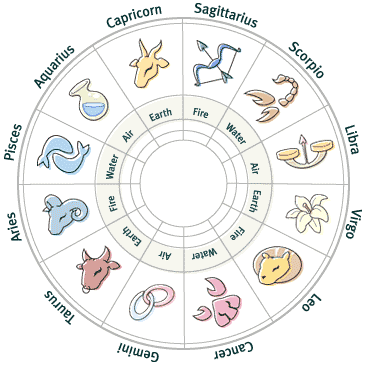History of Earthquakes
Earthquakes have been recorded as early as 1177 B.C. in China. Of course earthquakes have been a part of myth and legend since the dawn of man. In Greek Mythology, Posseidon (Neptune in the Roman pantheon) was "God of the Sea". Yet one of his powers was thought to be that of "earth shaker". As a tsunami is often the result of an earthquake, this was an appropriate power for a sea god.
In European history, the earliest recorded earthquake occurred in 580 B.C. In North America the great earthquakes of 1811-1812 occurred near New Madrid, Missouri. The magnitude of the quakes are not known, but they are estimated to have been about 8 on the Richter scale. There were actually three large quakes with aftershocks between and for months after. The quake was so wide-spread it was felt as far away as Boston.
The most destructive quake in U.S. history occurred in San Francisco in 1906, it caused the deaths of over 700 people. The great Alaskan earthquake of 1964 was twice as powerful, but less destructive due to the low population density of the area struck. The Chilean quake of 1960 was the biggest quake ever recorded. It came in at 9.5 on the Richter scale.
The study of earthquakes is called seismology. The earliest seismologists were the Chinese who worked hard to record their quakes in detail. They even developed a means to predict earthquakes by filling a ceramic jar to the brim with water and leaving it set. If the water overflowed the jar, then an earthquake was imminent. Of course, this means of prediction was unreliable and uncertain.
It is thought that some animals may feel vibrations from a quake before humans, and that evenminutes before a quake dogs may howl and birds fly erratically. However, evidence for such sensitivity by animals is purely anecdotal.
Aristotle was one of the first Europeans to create a theory about the origin of Earthquakes. He thought that they were the result of heavy winds. Not much more study was concentrated on earthquakes until the mid-1700s when London was hit by a devastating quake and a tsunami struck Lisbon, Portugal shortly after. John Mitchell in England and Elie Bertrand in Switzerlandbegan a comprehensive study of the timing and severity of earthquakes.
Soon scientists from several countries were exchanging observations and theories on earthquakes. In the 1820's Chile became an area of interest to seismologists. After an earthquake there, it was noticed that the elevation of the coastline had changed. This was substantiated by the Captain of the H.M.S. Beagle, Robert Fitzroy. (The ship also carried CharlesDarwin who was studying the flora and fauna of the coast.)
In the 1850s Robert Mallet, figured out a means to measure the velocity of seismic waves. Meanwhile, in Italy, Luigi Palmieri invented an electromagnetic seismograph, one of which was installed near Mount Vesuvius and another at the University of Naples. These seismographs were the first seismic instruments capable of routinely detecting earthquakes imperceptible to human beings.
In 1872 a U.S. scientist named Grove Gilbert figured out that earthquakes usually center around a fault line. It was after the 1906 earthquake in San Francisco that Harry Reid hypothesized that earthquakes were likely the result of a build-up of pressure along these faults.
It was about 1910 that Alfred Wegener published his theory of plate tectonics to explain volcanic and seismic activity.
Since then, seismologists have continued to work at a furious pace, building better instruments, computer models, theories and forecast to study the causes and effects of earthquakes.













0 comments: on "History of Earthquakes"
Post a Comment